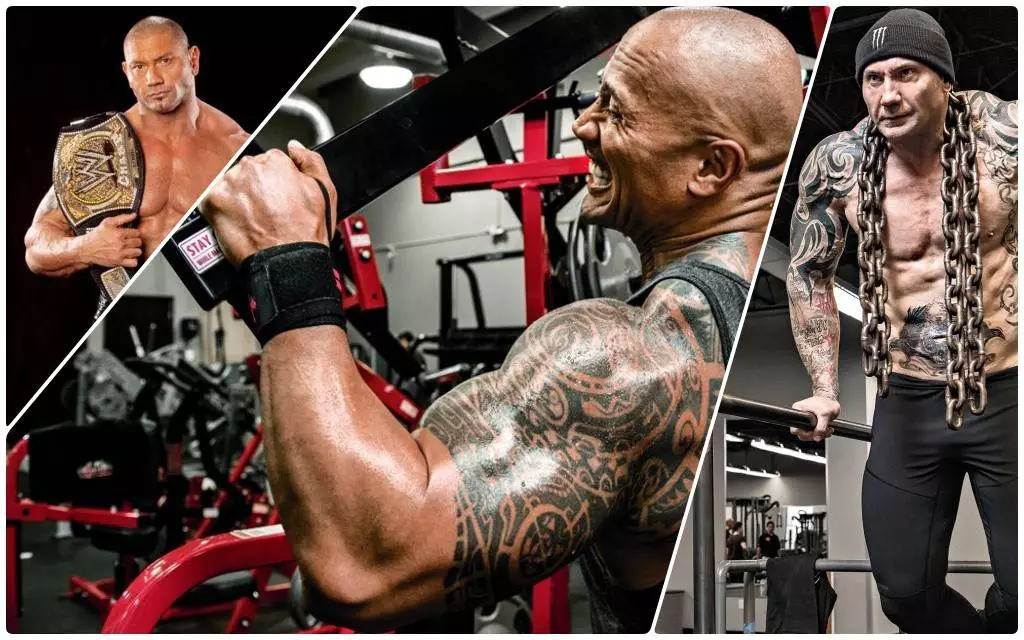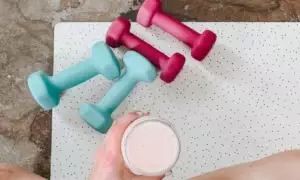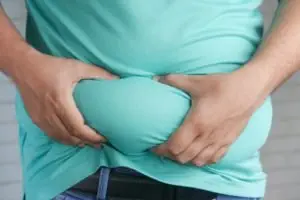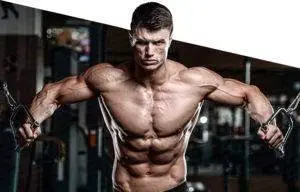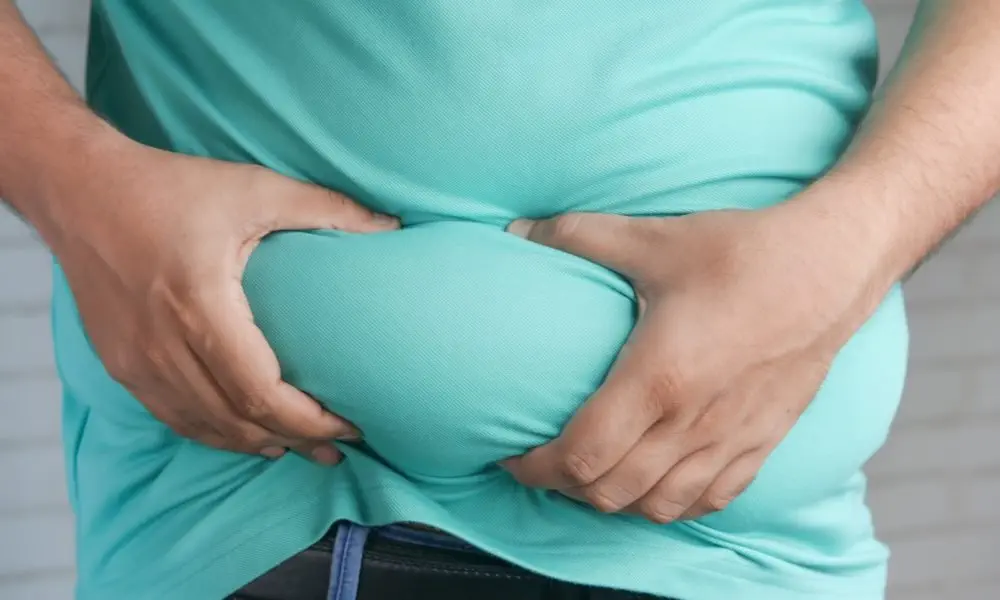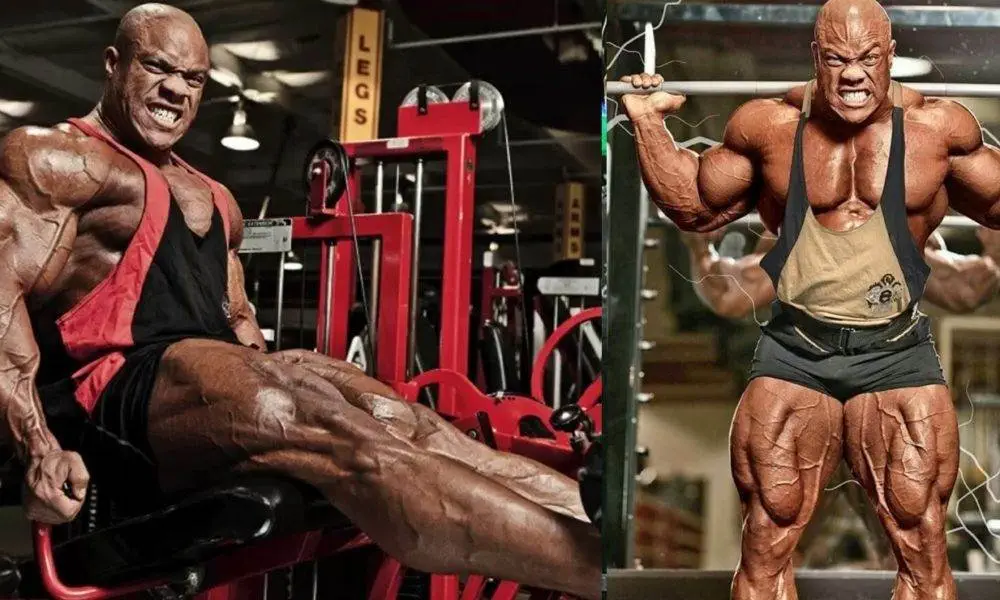This is the training program for American wrestler and actor Dave Bautista
It adopts a 3 days on a rest day system that repeats the same muscles twice a week, but without repeating the same exercises.
To benefit from this program, you must continue it for 12 weeks.
Day one: back and shoulder
Day two: chest and arms
Day three: legs
Day four: rest
Day five: back and shoulder
Day six: chest and arms
Day seven: legs
Make sure that the rest period between each walk is between 30 and 45 seconds.
Day One: Back and Shoulder Class:
Exercise 1 – Bent Over Row

5 repetition series between 10 and 8
Exercise 2 – Machine Pull Down
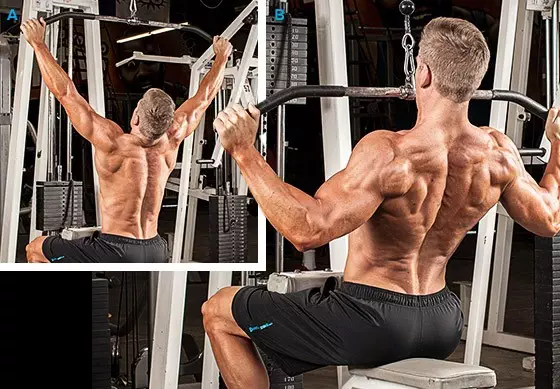
4 repetition series between 8 and 6
Exercise 3 – One Arm Dumbbell Row
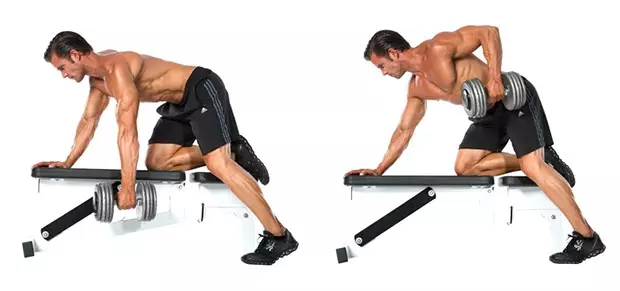
4 series – repetitions between 10 and 8 on each side
Exercise 4 – Machine Shoulder Press

4 series – repetitions between 8 and 6
Exercise 5 – Bent Over Lateral Raise
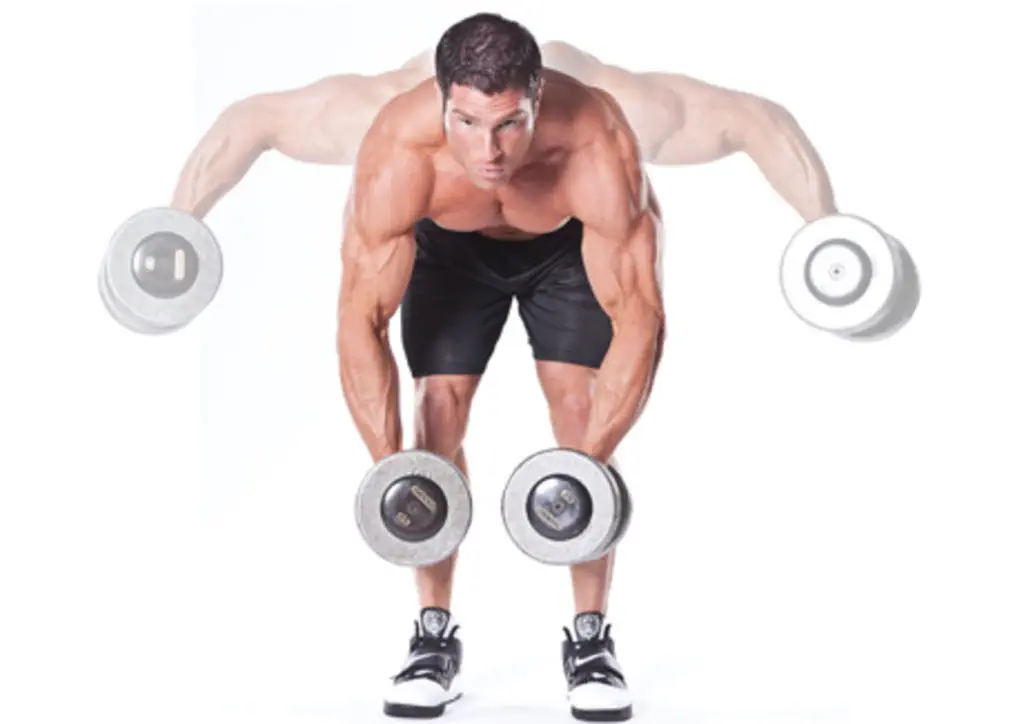
3 series – repetition 12
Exercise 6 – Machine Lateral Raise

3 series – repetition 12
Day Two – Chest and Armor Class
Exercise 1 – Machine Chest Press

5 series – repetitions between 12 and 10
Exercise 2 – Incline Dumbbell Bench Press

5 series – repetitions between 12 and 10
Exercise 3 – Pec Deck

5 series – repetitions between 12 and 10
Exercise 4 – Push Up
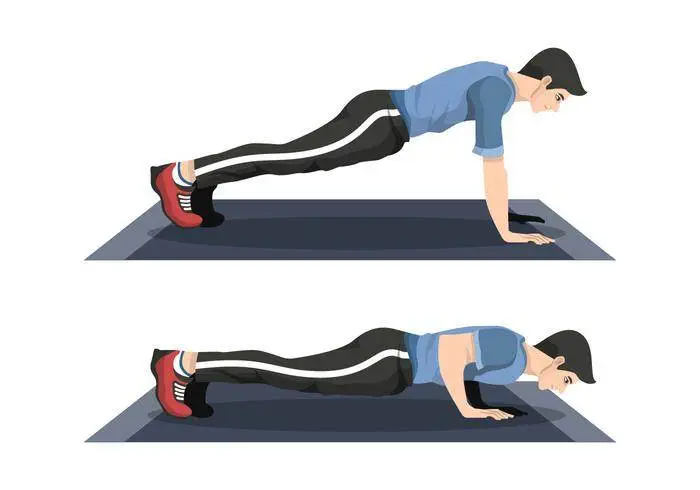
4 series – repetitions between 20 and 15
Exercise 5 – One Arm Tricep Extension

3 series – repetitions between 15 and 12 on each side
Exercise 6 – Preacher Curl

4 series – repetitions between 10 and 8
Exercise 7 – Incline Dumbbell Curls
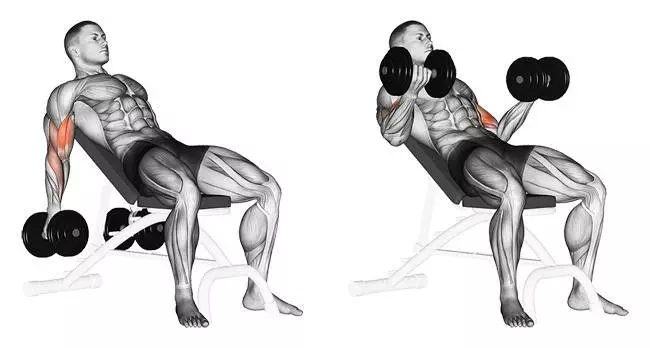
3 series – repetitions between 15 and 12
Day Three – Legs Class:
Exercise 1 – Hack Squat
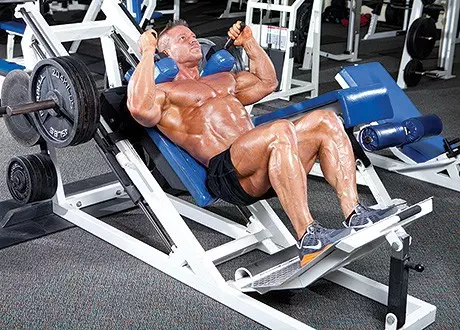
5 series – repetitions between 10 and 6
Exercise 2 – Conventional Deadlift

4 series – repetitions between 8 and 6
Exercise 3 – Leg Press

4 series – repetitions between 10 and 8
Exercise 4 – Lying Leg Curl

3 series – repetitions between 15 and 12
Exercise 5 – Leg Extension

3 series – repetitions between 15 and 12
Exercise 6 – Standing Calf Raise
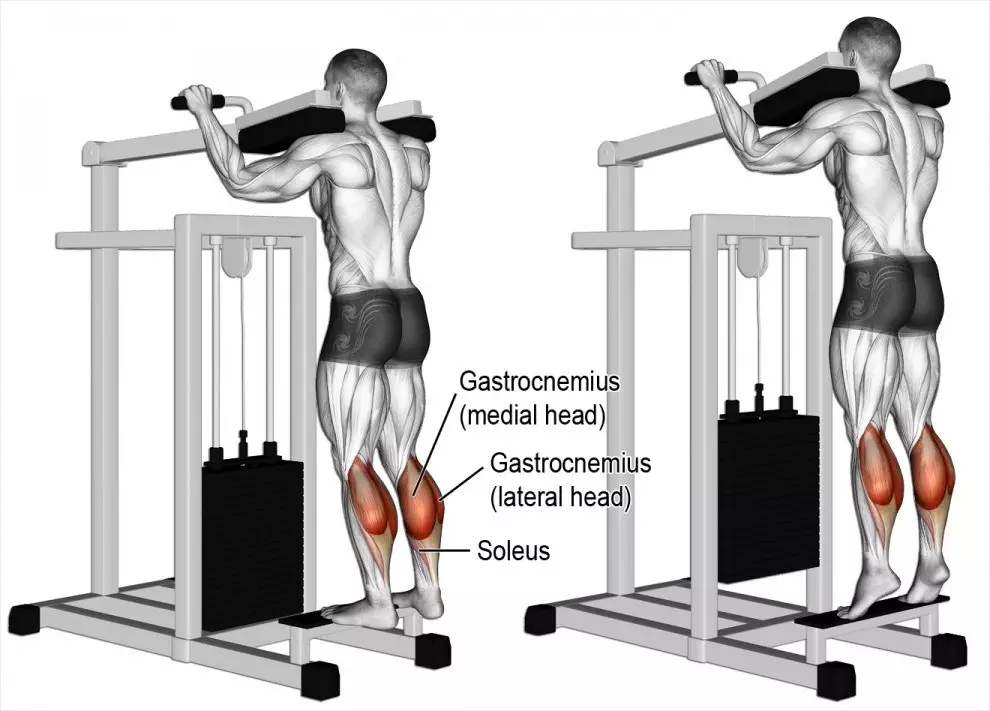
3 series – repetitions between 15 and 12
Exercise 7 – Seated Calf Raise
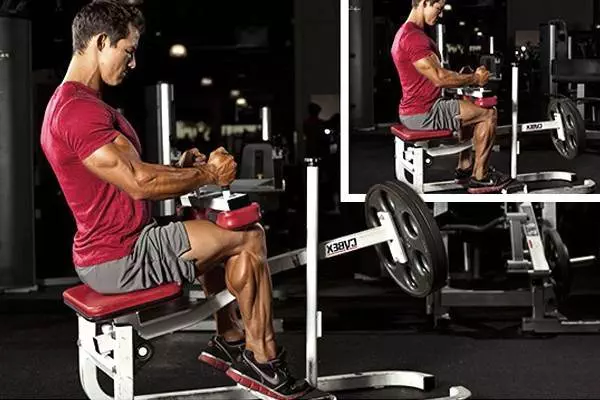
3 series – repetitions between 15 and 12
Day 4: Rest
Day Five: Back and Shoulder Class
Exercise 1 – Push Press
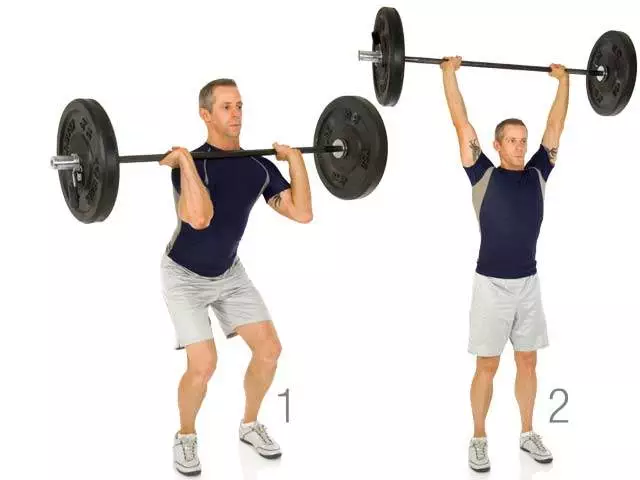
5 series – repetitions between 10 and 8
Exercise 2 – Lateral Raise

4 series – repetitions between 12 and 10
Exercise 3 – Face Pull

3 series – repetitions between 15 and 12
Exercise 4 – Pull Up

4 series – repetitions between 10 and 8
Exercise 5 – Machine Row
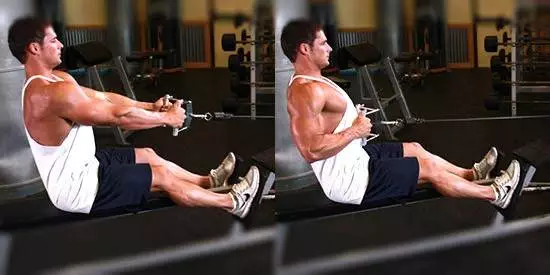
4 series – repetitions between 15 and 12
Exercise 6 – Straight Arm Pull Down

3 series – repetitions between 15 and 12
Exercise 7 – Cable Shrug

3 series – repetitions between 15 and 12
Day Six – Chest and Shield Class
Exercise 1 – Dumbbell Bench Press
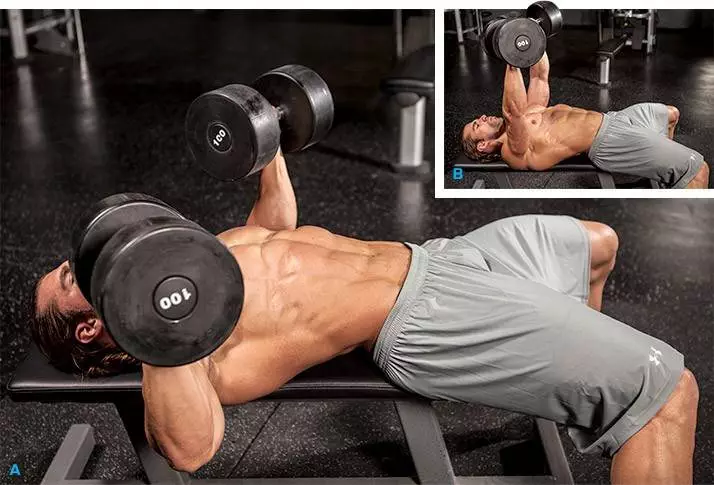
5 series – repetitions between 10 and 8
Exercise 2 – Incline Machine Bench Press
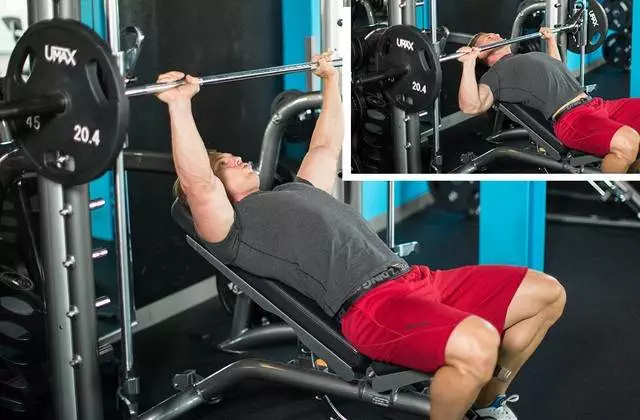
4 series – repetitions between 12 and 10
Exercise 3 – Cable Fly

4 series – repetitions between 15 and 12
Exercise 4 – Dips

4 series – repetitions between 10 and 8
Exercise 5 – Skullcrusher
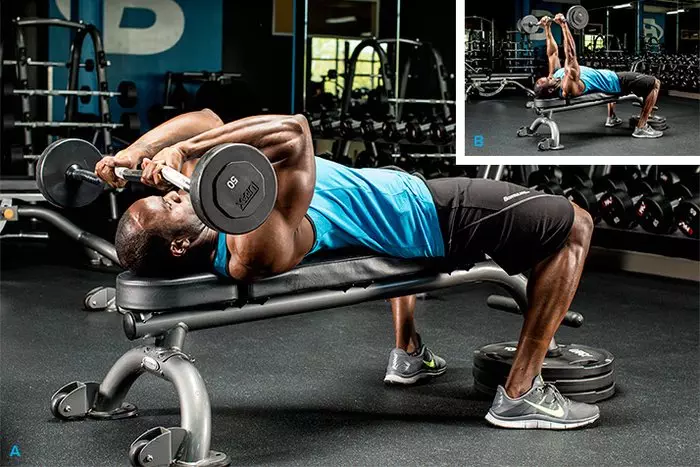
4 series – repetitions between 15 and 12
Exercise 6 – Cable Curls

4 series – repetitions between 15 and 12
Day 7 – Legs session
Exercise 1 – Squat
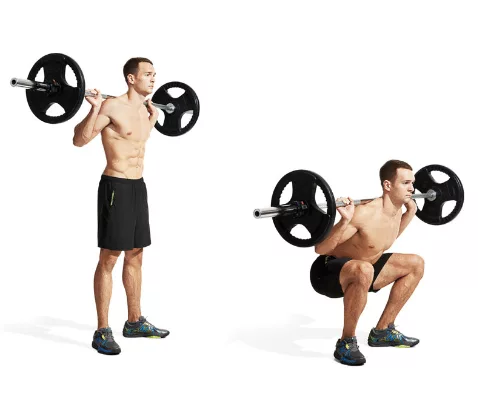
5 series – repetitions between 10 and 6
Exercise 2 – Romanian Deadlift

4 series – repetitions between 10 and 8
Exercise 3 – Standing Leg Curl
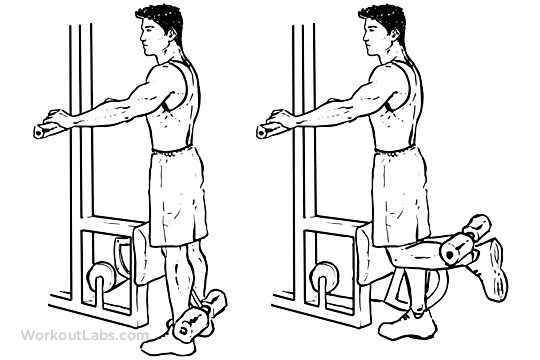
3 series – repetitions between 15 and 12
Exercise 4 – Bodyweight Squat
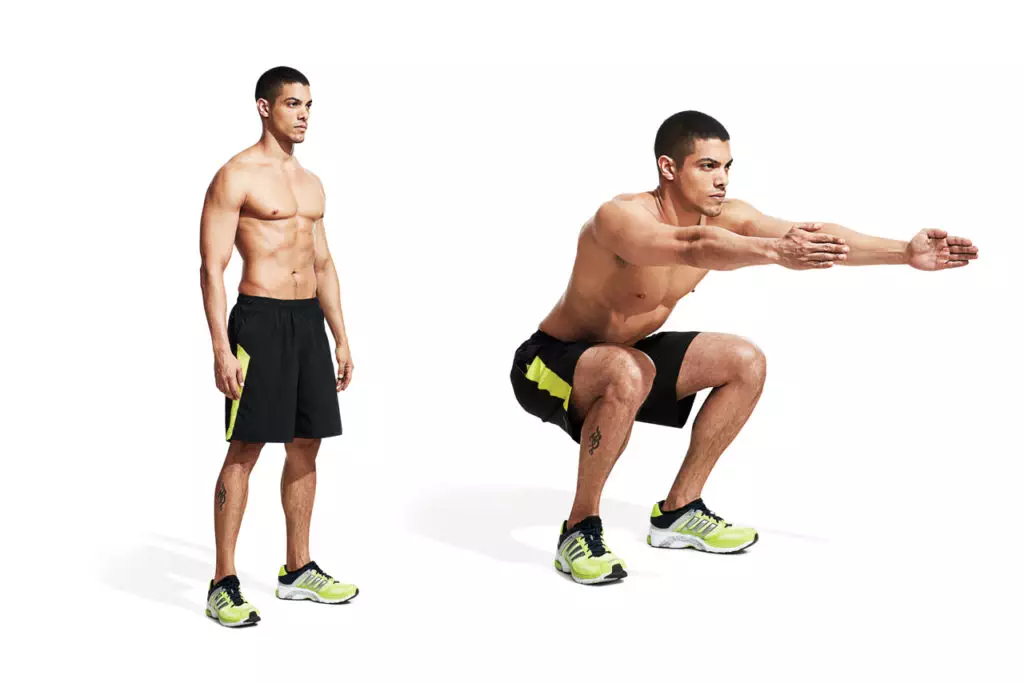
3 series – repetitions between 15 and 12
Exercise 5 – Walking Lunge
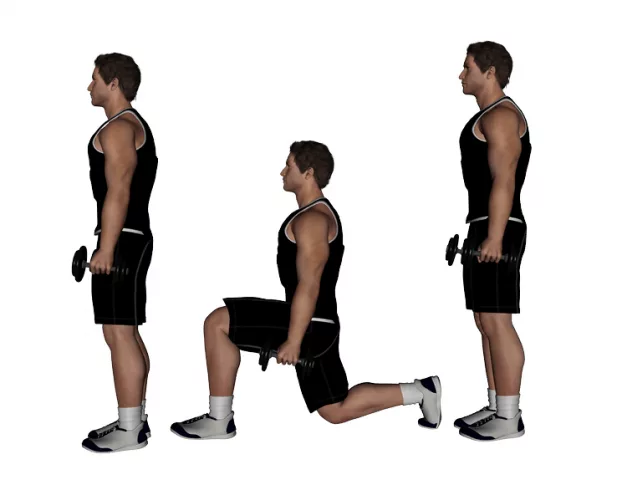
4 marches – distance of 20 steps
Exercise 6 – Calf Press

3 series – repetitions between 15 and 12
You have visited 0 post(s)


